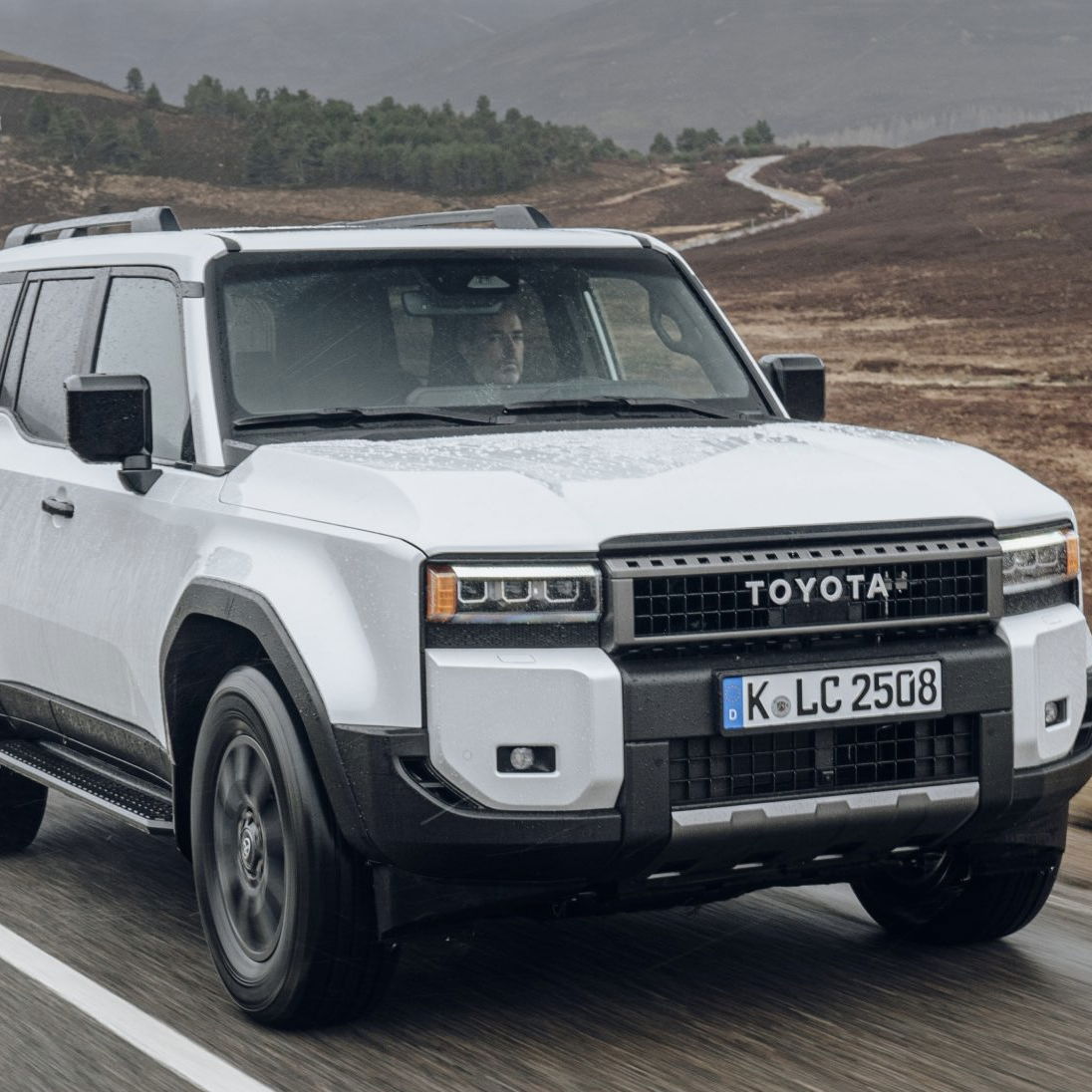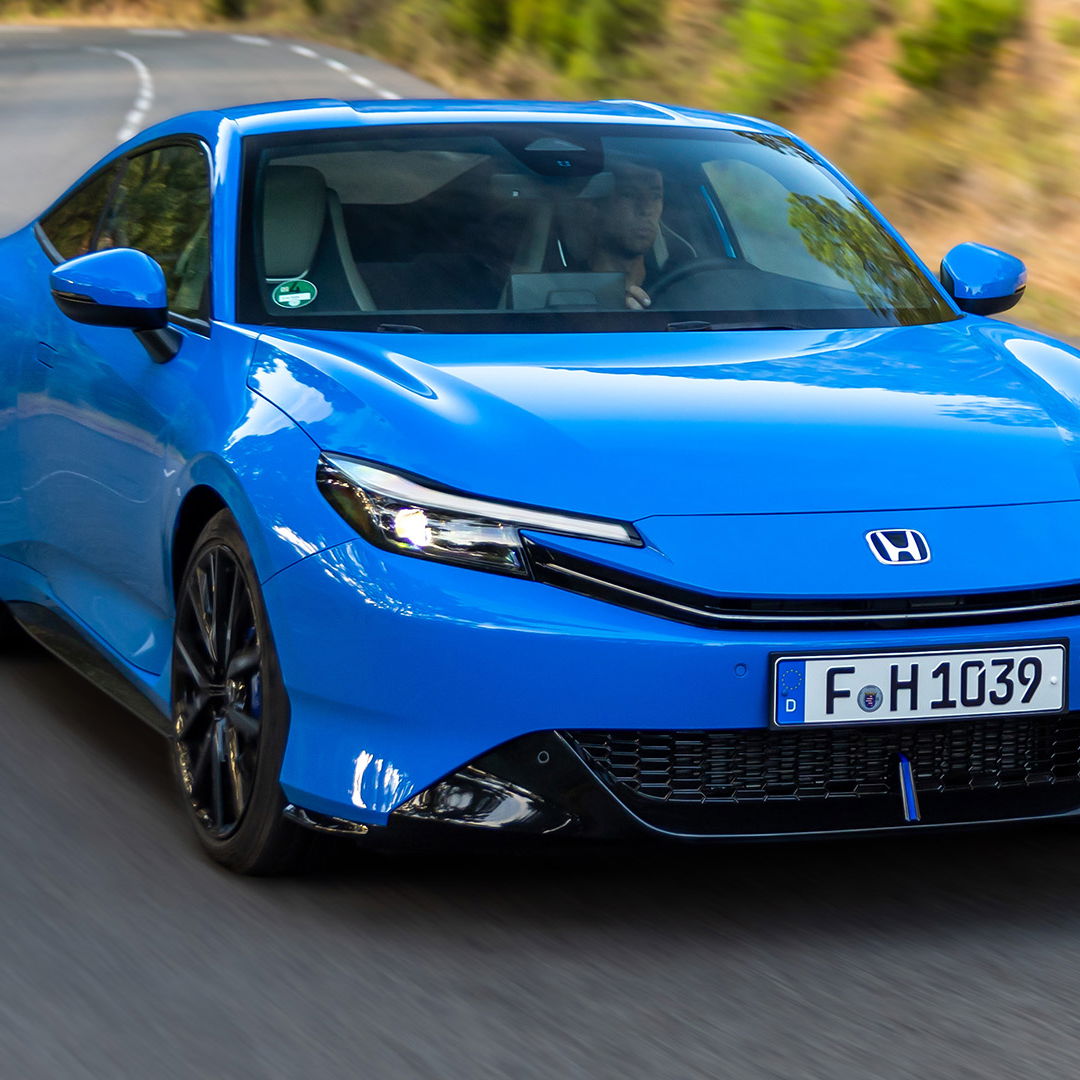Chicago 2011: 2012 Chevrolet Camaro ZL1 Packs 550bhp!
There's good news and bad news.
There's good news and bad news. The bad news first: there is no Camaro Z/28. We've been referring to the upcoming super Camaro as the Z/28 pretty much as long as we've been hearing about it, which makes sense in a historical context considering the first Z/28's were competition homologation models to allow the Camaro to race in the Trans-Am race series. With a high-compression 302ci V8 that would wind out to 7,000+rpm and with dual 4bbl carbs would spit out about 400 horsepower, it was the easiest way to go from the showroom floor to the racetrack back then.
It turns out that Chevy was going to reference an even rarer Camaro with the latest (and arguably greatest) edition of the Camaro so far: the ZL-1. Back in the day, the ZL-1 was the craziest damn Camaro you could order, and very few did. Under the hood was a 427ci big-block rendered in all aluminum, strong and light and crazy powerful. That engine was rated at 430 gross horsepower - underrated, but still probably 400+ in net horsepower.
The new ZL-1 may not use components quite as exotic as that aluminum 427 - which was rumored to cost GM $4,000 per engine, back in the late 60's - but it'll certainly be faster. The most important thing about the new ZL-1 can be explained in three letters: LSA. And no, that's not the Lesbian Scouting Association, it's the GM internal code for the 6.2L supercharged V8 that can be found under the hood of the Cadillac CTS-V. It's been transplanted from the big Caddy to the meanest of the new Camaros to great effect. The important numbers are as follows: 550 horsepower, 550 lb-ft of torque. Those are the preliminary numbers, as GM has yet to actually finalize the ZL-1's output, but considering the CTS-V puts out 556 and 551, it seems reasonable barring differences in intake and exhaust lengths.
This is the same LSA in the CTS-V, meaning it's a glorious mix of old and new technology wrapped up in a maximum-strength dose of horsepower. Based on the 6.2L LS3 found in the regular Camaro SS, the LSA adds an Eaton TVS 4-lobe supercharger, air-to-water intercooler, hypereutectic pistons, oil squirters, aluminum heads, etc etc. It's backed up by the same Tremec TR6060 6-speed manual as in the SS, but beefed up to deal with the extra power and equipped with short-shift linkage for faster shifts. The clutch is a twin-disc unit to deal with all the power, and the driveshaft and differential are both revised for extra strength. Want an automatic? Too bad. Topping it all off is a dual-mode exhaust, presumably like the type used on Corvettes and the VW R32 with a solenoid-controlled flap that opens to let the full sound out past a certain rpm. I bet it's going to sound good.
Thankfully, Chevrolet didn't just slap a supercharger on an SS and call it a day (or ZL-1, as it were.) The suspension has been giving a serious makeover to make sure the grip is up to the level of the grunt. On this end, the ZL-1 gets the Magna-Ride (magnetorheological, for the nerds) dampers used in Cadillacs and Corvettes (as well as the Ferrari 599, I might add) that continually adjust their damping rates to road conditions. The drop links for the rear sway bar are moved outside of the control arms for increased responsiveness in cornering, and while the press release doesn't mention anything it's likely the ZL1 will ride lower down on stiffer springs than the regular SS. Rolling stock is equally impressive, with lightweight forged 20" alloys at each corner shod in sticky Goodyear Eagle Supercar F2 tires. The brakes are also huge, with 14.6" two-piece front rotors clamped by a 6-piston caliper up front and 14.4" rotors clamped by a 4-piston caliper at rear, co-developed with Brembo (of course.)
So that covers the going, turning, and stopping. What differentiates the ZL-1 from a normal Camaro? Most obvious is the domed hood, which is there to clear the supercharger/intercooler assembly. The hood itself is aluminum, while the supercharger bulge is carbon fibre. There are vertical foglights with a brake duct integrated into the surround, and a new front splitter on the bumper, while the rear gets a new bumper with a diffuser element. But mostly, if you're trying to decide whether or not to race that Camaro at the stoplight from the seat of your Evo, you should probably go by the wheels and the hood bulge. You've been warned.
Other details that make the ZL-1 a nicer place to spend time than the SS can be found in the interior. There are microsuede inserts on the seats to keep your kiester in place, a new steering wheel, aluminum accents, and one of the gauges in the 4-gauge "performance pack" is now a boost readout. Sadly, it's at the front of the shift console making it virtually impossible to see while you're actually driving, but it's better than nothing!
Chevrolet says the ZL-1 will be hitting dealerships at the beginning of 2012, and it'll be available in any color you can buy a standard Camaro in. I suppose this means they're going to be making more than 69 of them, which was the total production count of the original ZL-1. And unlike the original, of which the engine option was more expensive than a base Camaro itself, you can expect that the Camaro ZL-1 will likely be priced competitively with it's largest competitors, the Dodge Challanger SRT-8 392 and the Shelby Mustang GT500, meaning somewhere around $45k, most likely. It's a great time to be a muscle car enthusiast, isn't it?












Comments